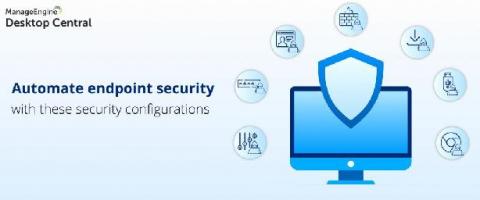COVID-19 Scam Roundup - May 11, 2020
Digital attacks continue to exploit coronavirus 2019 (COVID-19) as part of their malicious operations. On May 5, 2020, the U.S. Department of Homeland Security’s Cybersecurity and Infrastructure Security Agency (CISA) along with the United Kingdom’s National Cyber Security Centre (NCSC) published a joint alert in which they revealed that they had witnessed APT actors targeting local governments, academia and pharmaceutical companies.









